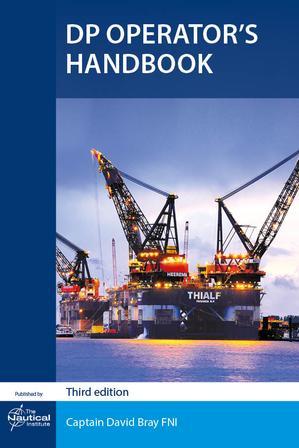Dynamic Positioning
Dynamic Positioning (DP) is a vessel capability provided via an integration of a variety of individual systems and functions*. A computer control system automatically maintains a vessel's position and heading by using her own propellers and thrusters. Position reference sensors, combined with wind sensors, motion sensors and gyro compasses, provide information to the computer pertaining to the vessel's position and the magnitude and direction of environmental forces affecting its position.
Examples of vessel types that employ DP include but are not limited to ships and semi-submersible Mobile Offshore Drilling Units (MODU).
The computer program contains a mathematical model of the vessel that includes information pertaining to the wind and current drag of the vessel and the location of the thrusters. This knowledge, combined with the sensor information, allows the computer to calculate the required steering angle and thruster output for each thruster. This allows operations at sea where mooring or anchoring is not feasible due to deep water, congestion on the sea bottom (pipelines, templates) or other problems.
Dynamic positioning may either be absolute in that the position is locked to a fixed point over the bottom, or relative to a moving object like another ship or an underwater vehicle. One may also position the ship at a favorable angle towards wind, waves and current, called weathervaning.
Click on the pictures below to purchase the DP Revalidation Logbook and a DP Operator's Handbook
We are always looking for contributions to our knowledge library. If you are interested in contributing please send your submission to [email protected]


